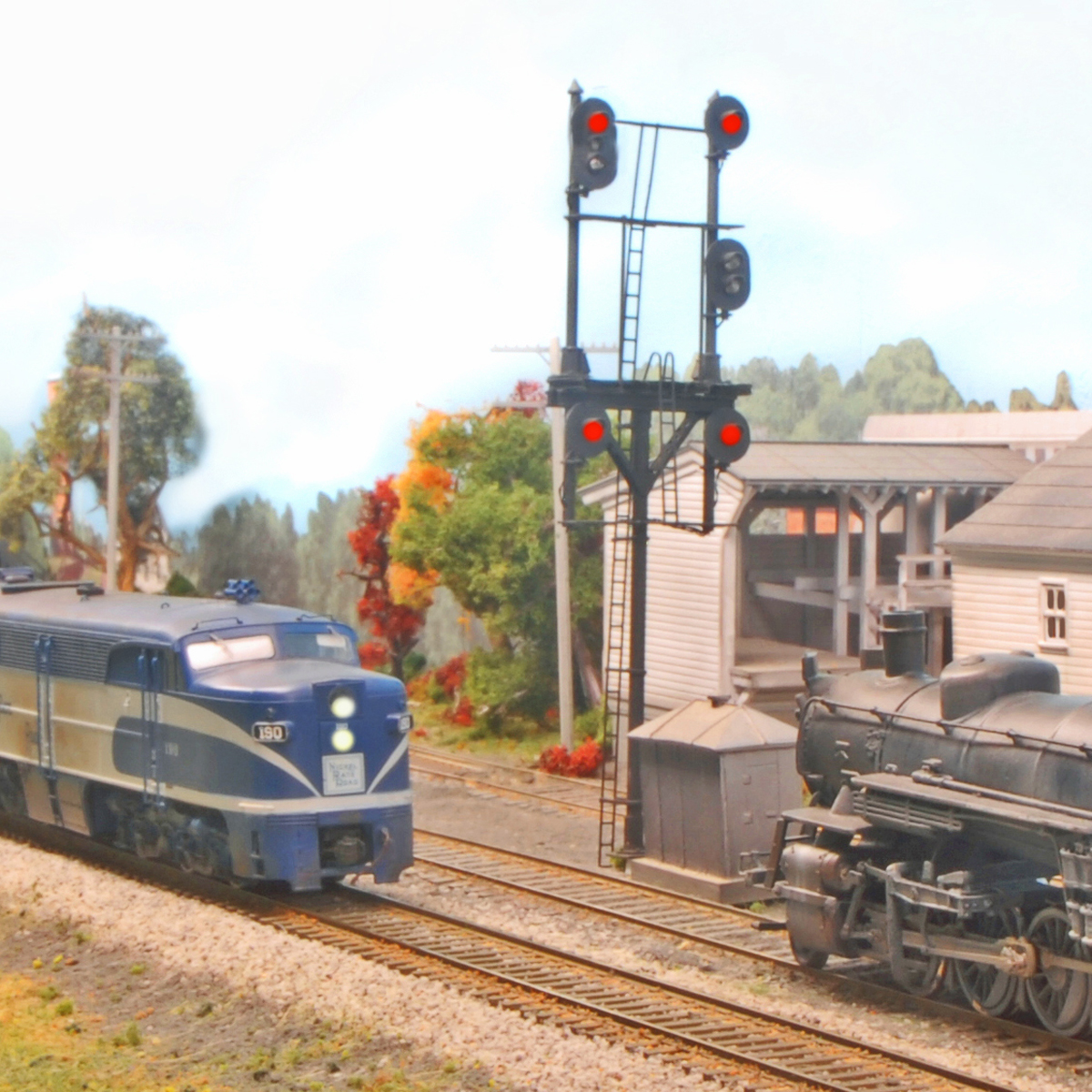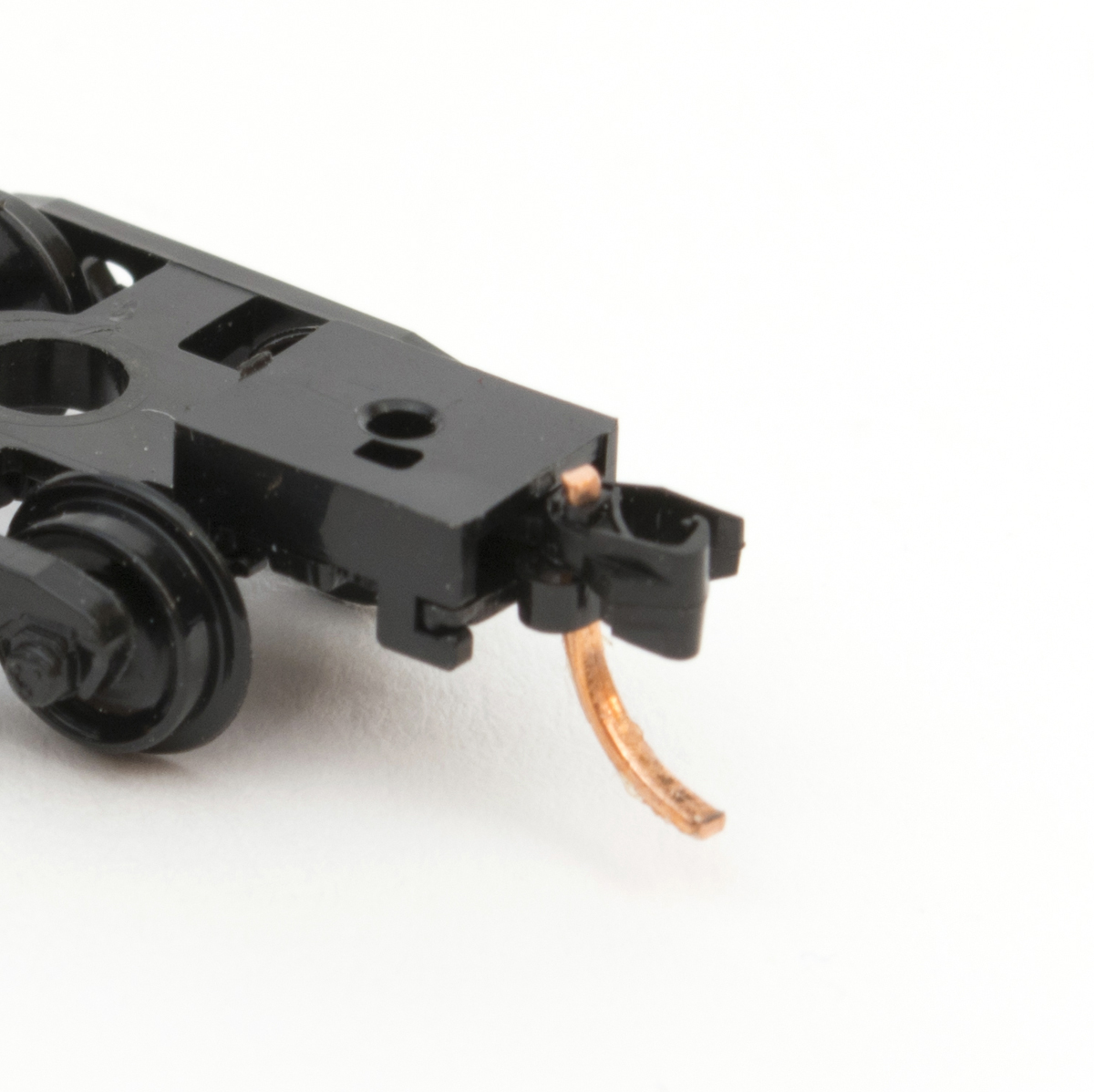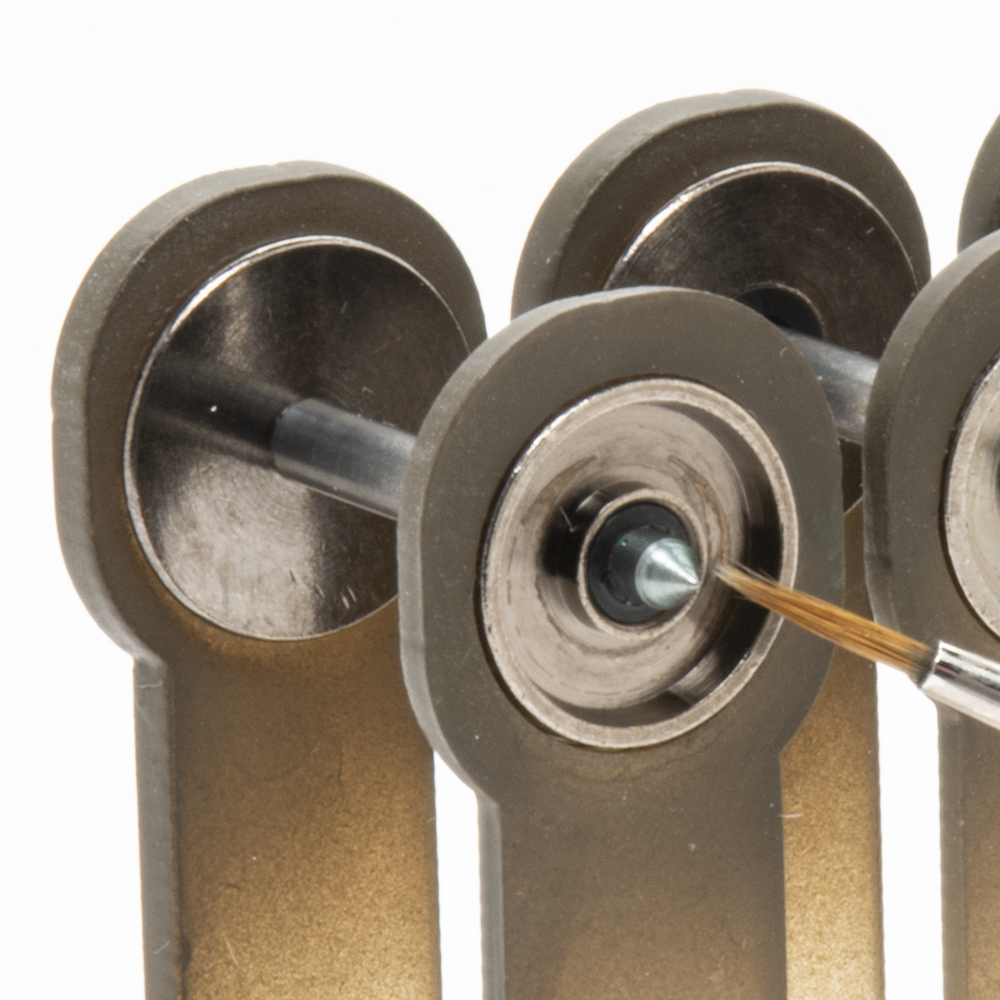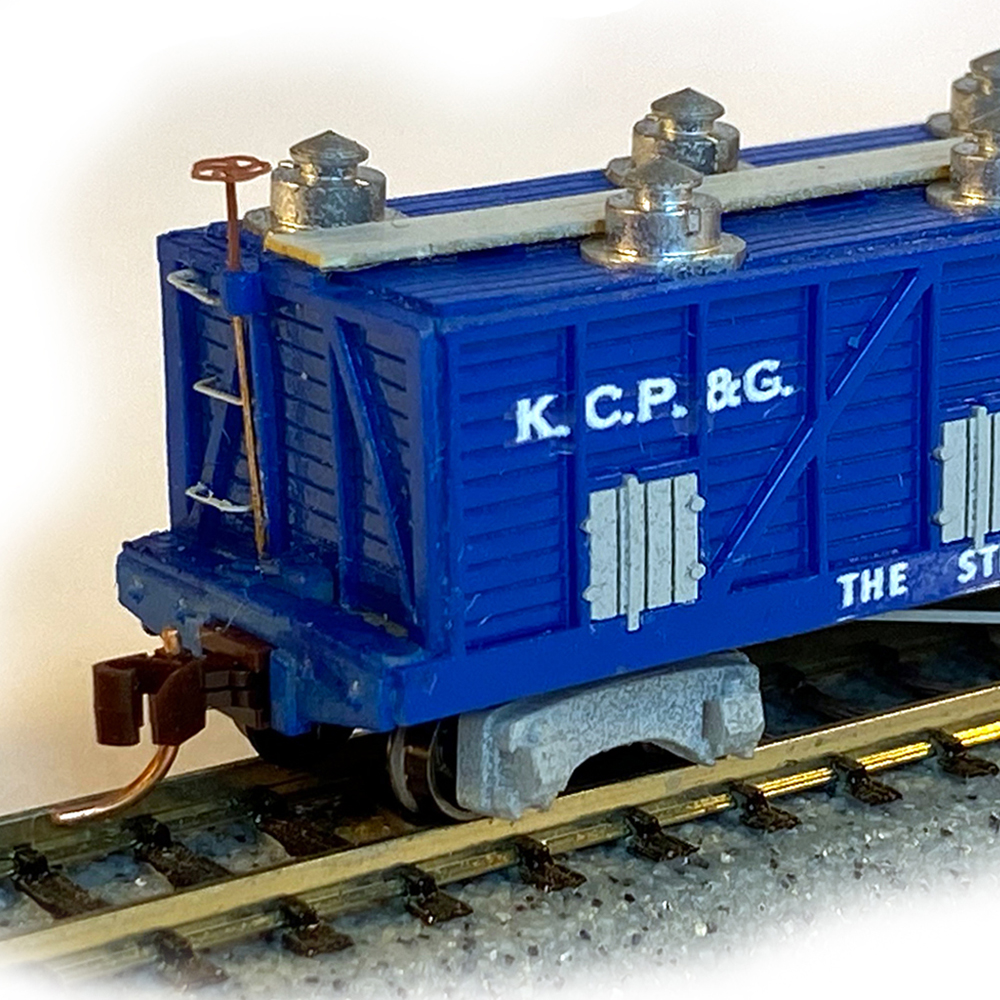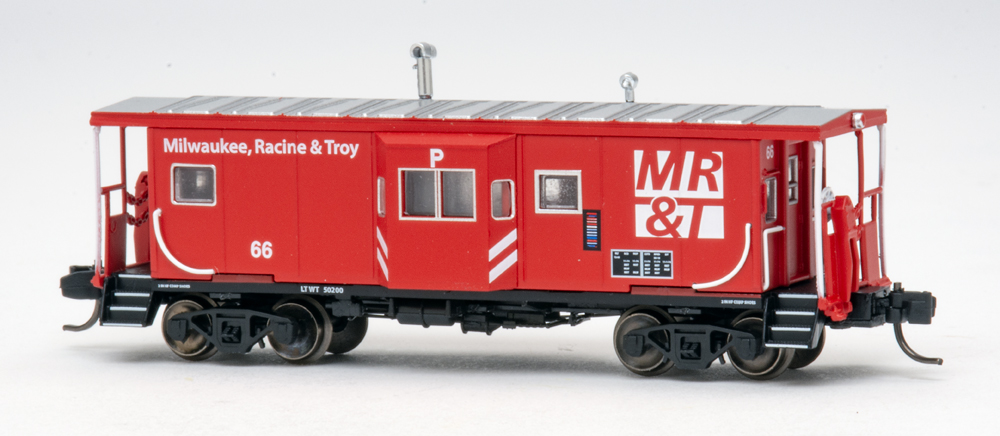
Q: I recently ordered one of the Milwaukee, Racine & Troy N scale bay-window cabooses from Shop.Trains.com. What does the “P” on top of the bay window stand for? — R. Anderson
A: The “P” indicates it’s a pool caboose, one not assigned to an individual conductor or specific crew. Former Senior Editor Jim Hediger explained how pool cars worked in his article “Modeling realistic caboose operations” in the July 2007 Model Railroader: “Efforts to improve train speeds and reduce operating costs in the mid-1950s led to changes in union agreements to allow some cabooses to be used in pools.
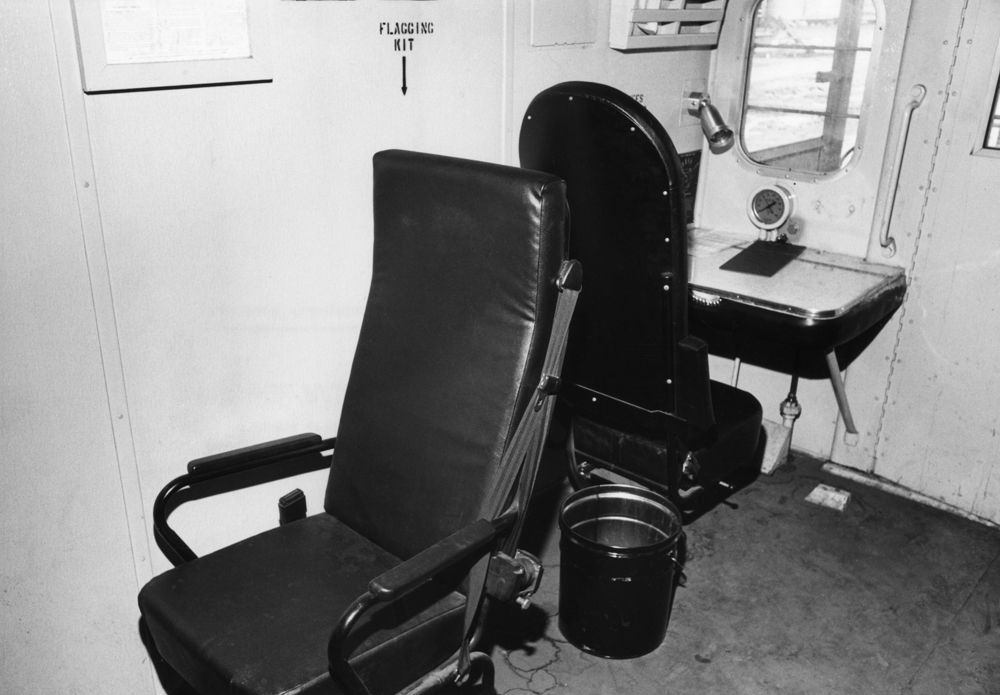
“Within a decade, systemwide pool agreements required new or upgraded standardized cabooses that had full electrical and water systems, oil heat, polycarbonate window glazing, radios, refrigerators, retention toilets, high-backed seats, and roller bearings.
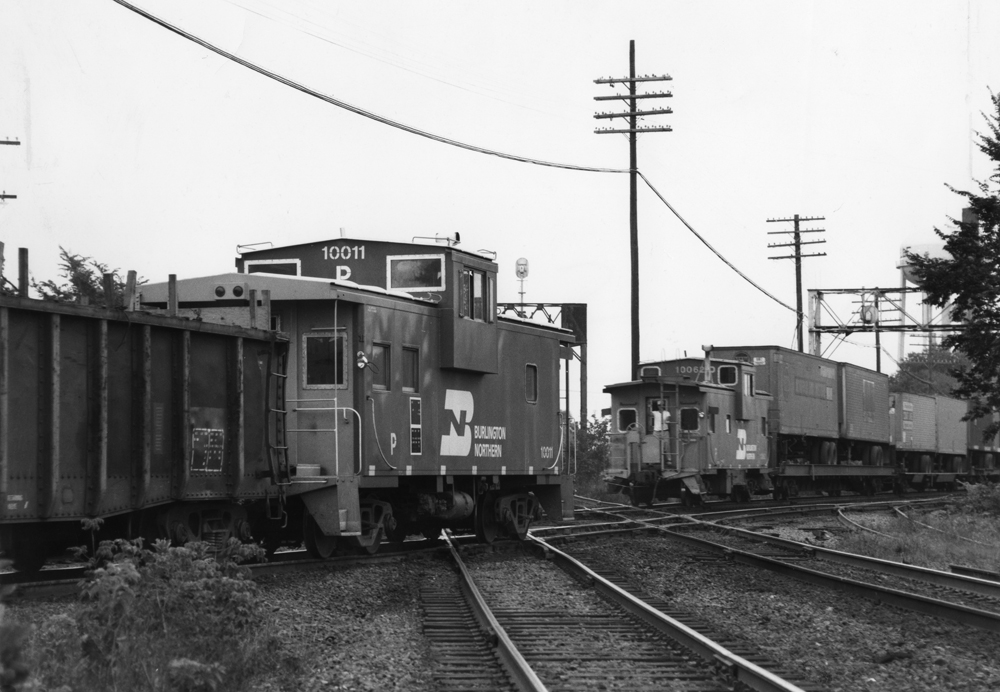
“Pool cabooses operated across company’s and division lines, so crew changes were reduced to the time it took one crew to step off and the next one to climb aboard. A company van or taxicab took the off-duty crew to a motel where they’d get better rest and have access to a restaurant for meals.
“With pool cars, the caboose tracks were moved to handy, but more secure, locations within the main yard. This also reduced theft and vandalism.”
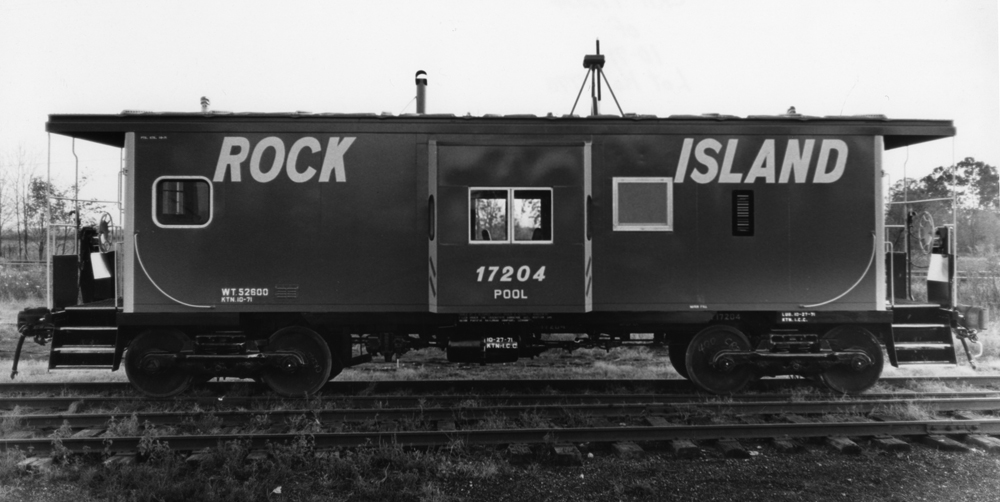
Burlington Northern and Union Pacific are a couple of prototype railroads that used the letter “P” to indicate pool cabooses. Rock Island spelled out “Pool” on its cabooses, usually applying it below the road number, as shown in the image above.
When BN cabooses were moved from pool to local service, the “P” stencils on the carbody and cupola were painted over, often in a slightly different shade of green. Replicating this on a model can give your layout a sense of history.
Send us your questions
Have a question about model trains, full-size trains, or toy trains? Send it to AskTrains@Trains.com.






